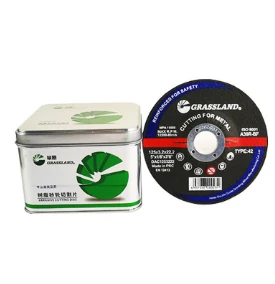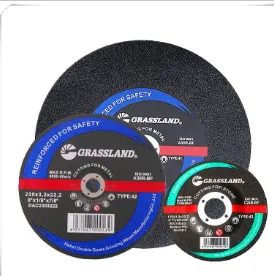

The wire wheel serves a different purpose, primarily used to remove rust, paint, or burrs from metal surfaces. They come in different configurations such as crimped or twisted wire, affecting their aggressiveness. Crimped wheels are suited for lighter duty and precision work, while twisted wire wheels are used for heavy-duty cleaning. For those tasks that require both polishing and minor material removal, a buffing wheel is advantageous. Coupled with polishing compounds, these wheels can bring a mirror-like finish to metals and other materials. When selecting an angle grinder wheel, it's vital to consider factors such as the material of the workpiece, the desired finish, and the specific task at hand. Understanding wheel specifications, including diameter, thickness, grit size, and material composition, is crucial for safe and efficient use. Proper maintenance and storage extend the life of your wheels. Regularly inspect them for signs of wear or damage, and store them in a dry environment to prevent moisture-induced degradation. Safety should always be a priority; wearing appropriate protective gear such as goggles and gloves is essential to avoid injury from debris or sparks. In summary, the diverse types of angle grinder wheels cater to various applications, each with unique benefits and uses. Mastery over these options can significantly enhance your project outcomes, reflecting a high level of craftsmanship and professionalism. This expertise not only contributes to effective and efficient project completion but also establishes trust and credibility with clients and peers in the field.
Post time:Jan - 10 - 2025

















